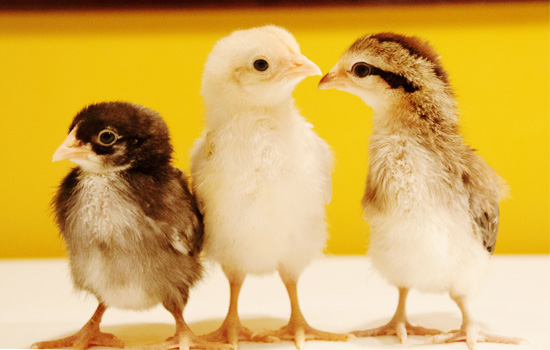The small environment in the enclosed chicken house is completely controlled by the farmers’ regulation and automatic poultry chicken breeding equipment. The summer weather is hot, so feeding and management is particularly important.
Strengthen heatstroke prevention and cooling. The most suitable living environment temperature for laying hens is 14 to 23°C. If the temperature of the chicken house is higher than 29°C, egg production will drop by 5%-10%. If the temperature of the chicken house reaches 37°C, the chickens are at risk of heatstroke. Therefore, preventing heatstroke and cooling is the key to maintaining high yields of laying hens in summer.

Turn on the cooling wet curtain. Before using the wet curtain, the wet curtain supply pool needs to be cleaned and fully disinfected to prevent pathogenic bacteria from being artificially sent to the chicken house. Cover the wet curtain pool with a cover to ensure that the water in the pool is not directly exposed to the sun. Overhaul the wet curtain circulating water pump to ensure the normal operation of the water pump.
Clean manure in time. Chicken manure is easy to ferment to produce heat and emit harmful gases. Every morning after work, the manure will be removed in time and transported to the chicken manure treatment plant outside the site. Ensure the cleanliness and hygiene of the premises and premises.
Ensure cool drinking water. The water intake of chickens will also increase in summer. The chicken house must ensure continuous water throughout the day, and the water source of the chicken house must be clean. In addition, farmers should pay attention to daily inspection and clean the filter element on the water line. Check whether the drinking nipple is blocked every day.